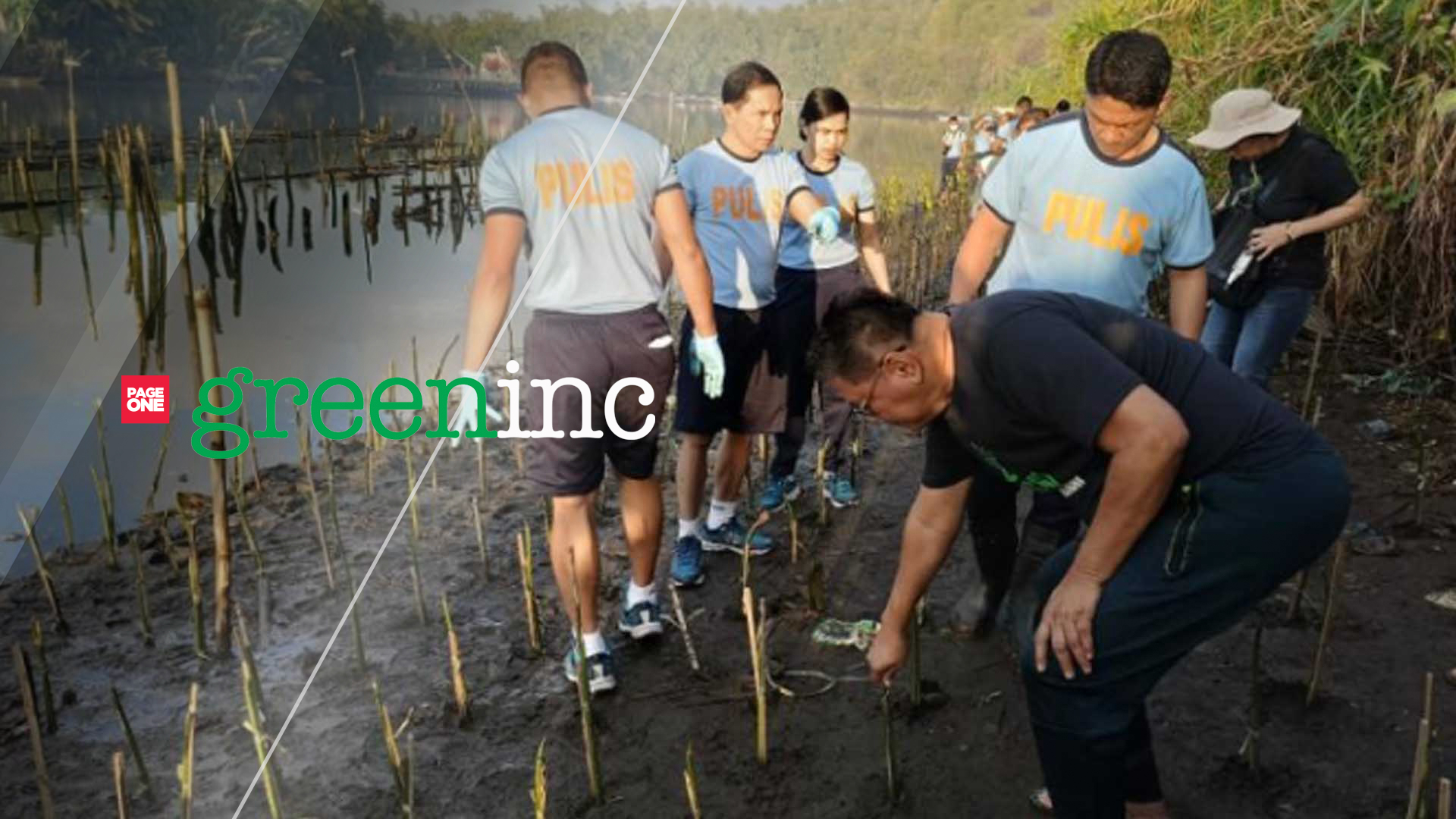Local folks in Ternate cannot help but commend the recent effort by Police Brig. Gen. Romaldo G. Bayting and the Philippine National Police (PNP) Maritime Group to come up with an activity that is timely and relevant to today’s environmental challenge and that coincided with their 32nd founding anniversary celebration.
It is not easy to command participation from different cause-oriented non-government organizations (NGOs) and other environmental groups to participate in this kind of activity to protect the environment. Part of President Ferdinand R. Marcos Jr.’s priority agenda is to give assurance that our environment and our country’s resiliency and adaptation to the new normal of climate change must be given utmost importance.
The good weather on a Tuesday morning (March 7) provided the impetus for the active participation of the local community in barangay Población 1A in Ternate, Cavite. After a brief orientation by the Department of Environment and Natural Resources (DENR) representative, the PNP Maritime Group initiated the mangrove planting on the nearby riverbank. One cannot help but noticed the excitement shown by volunteers to be part of this event.
The government’s effort in propagating the advocacy of mangrove planting, especially in the province of Cavite, helps build awareness on climate resiliency among the coastal communities. These actions encourage other cause-oriented groups in cascading the advocacy in the entire coast of the Philippines. This kind of advocacy activity is a learning curve for the newbies who are interested in propagating the mangrove.
The help of the government on this kind of program will encourage further the interest of the cause-oriented groups and will easily arouse the interest of volunteers. This will eventually give participants a wider knowledge about the value of the mangroves in reducing vulnerability to climate change impacts.
Talking to one of the volunteers, Alfredo Guarino shared that: “We, as Akbay Kalikasan/Project Luntian Cavite warriors want to positively influence the members of the community to improve the status of our province. By sustaining the planting of mangroves, we are not only protecting the environment, but also sustaining the community’s livelihood and providing opportunities for future generations.”
A glimpse of his thoughts provided a notion of strength in character of the person and a strong dedication to help promote their cause in protecting the environment.
The Kabalikat Civicom of Cavite, the 42nd Infantry Brigade and the Philippine Army Reserve Command, local barangay, and the other cause-oriented groups were very encouraging. One can feel the atmosphere of belongingness and pride in helping promote the preservation of the environment.
Considering that the huge landmass of the entire province of Cavite — a total land area of 1,407 square kilometers — with 316 barangays are situated along the coast. These coastal areas of Cavite are approximately 93,679.38 hectares with a shoreline length of 122.57 kilometers with around 350,000 people are living along the coast. The folks living in the area’s main sources of income are fishery, carpentry and vending. These folks experience the impact evey typhoon season.
Mangroves as revenue generation, eco-protection
Noticeably, mangrove areas are sources of sea products. It is a haven for fish, prawns, crabs, and shellfish and are the best source of income for the coastal residents of the province. In maintaining mangroves, it helps provide ecological services such as preventing erosion, shoreline protection, climate regulation, among others.
The DENR and LGU’s must actively support the cause-oriented group in helping and maintaining this kind of activity. The decline of mangrove forests in Cavite is due to the rapid conversion into fishponds, salt beds and building up of settlement areas. Some settlers use mangroves as wood for charcoal-making.
The initiative of the stakeholders in helping create awareness to help survive the decline of mangroves, is being addressed through the strong voices of the different advocacy groups, emphasizing the efforts mostly in coastal town of Cavite. (PNA)









